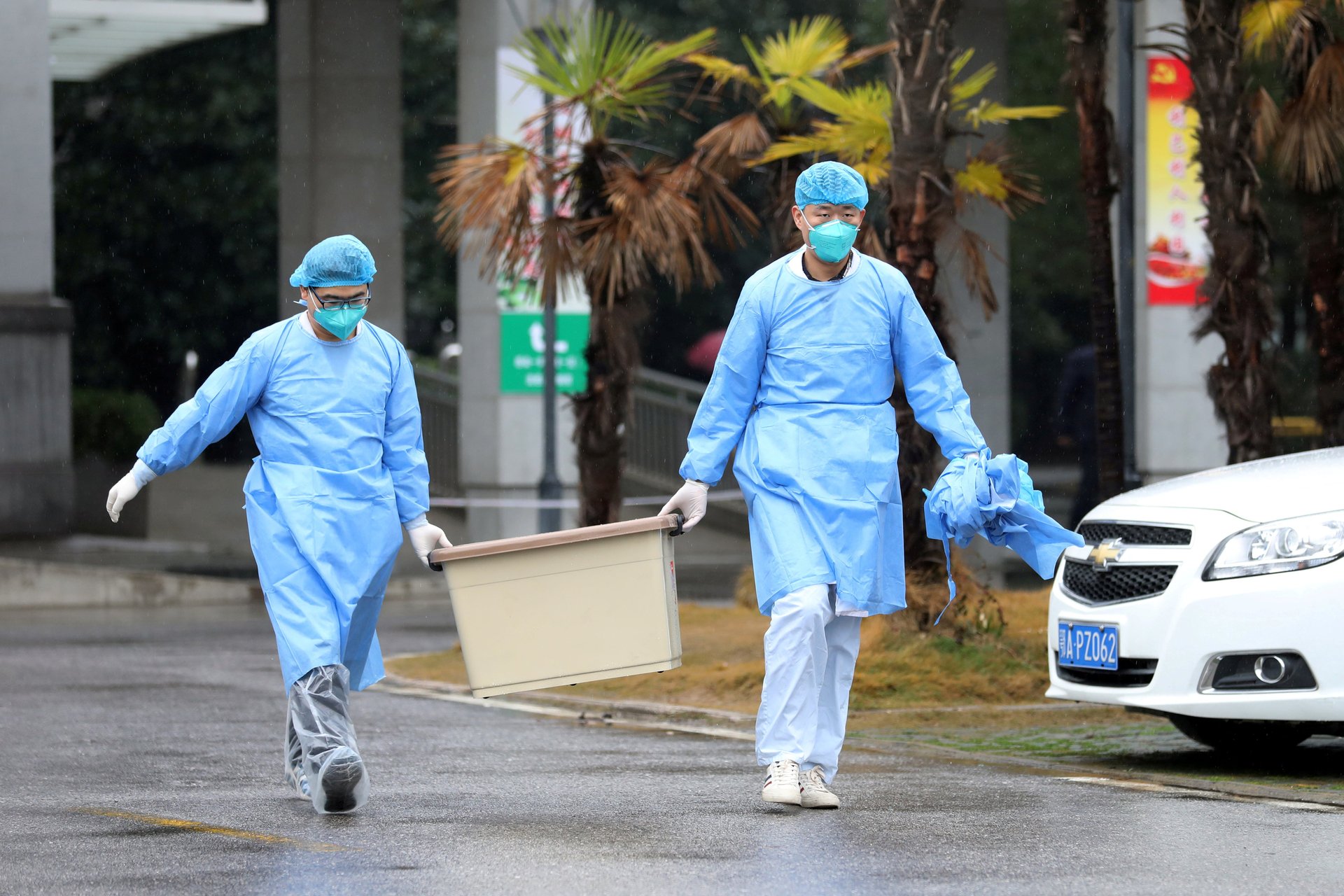The strikingly fast process of identifying a brand new virus
On Tuesday (Jan 21), the US learned that it has a new virus on its shores: Researchers in Washington state identified the first US case of what is being called the Wuhan virus, according to the Centers for Disease Control and Prevention (CDC).


On Tuesday (Jan 21), the US learned that it has a new virus on its shores: Researchers in Washington state identified the first US case of what is being called the Wuhan virus, according to the Centers for Disease Control and Prevention (CDC).
Chinese researchers first identified the virus in December in the Chinese city of Wuhan, where they suspect people contracted the virus from animals at a market. About 300 people in six countries have now been diagnosed with the virus, and 17 people have died.
But let’s take it back a step. How do doctors know their patients are combating a virus that’s new to medicine?
The first indicator is if all typical tests fail, says Kelly Wroblewski, the director of infectious disease at the Association of Public Health Laboratories (APHL). Doctors collect a bunch of samples from a sick patient, then send them to a public health lab to figure out what is making them sick. A range of tests, or assays, can identify existing viruses based on their shape, genes, or the antibody response they elicit.
If none of those tests turn up positive, the first thing researchers do is create many copies of the virus by depositing it onto a layer of cells where it can replicate. This can be dangerous if the virus is highly infectious, so it can only be done in certain labs that are able to contain the virus and protect the researchers that work there.
Then, lab technicians use genetic sleuthing to narrow down what it might be (viruses are very small, about one one-hundredth the size of bacteria, so looking at them through a microscope isn’t much help). The lab techs use primers, short sequences of genetic code, to copy snippets of viral RNA common to groups of pathogenic viruses. Technicians then sequence those snippets so that they can match it to a known virus or identify it as something new. The genetic sequence also indicates the general type of virus—if it is, for example, a flavivirus, or in the case of the Wuhan virus, a coronavirus, a group of respiratory viruses that includes MERS and SARS.
The lab techs also sequence the new virus’ entire genetic code so that public health workers can upload it to one of several international public health databases. Chinese researchers uploaded the code for the Wuhan virus to GenBank (run by the US National Institutes of Health) and an influenza-specific one called the Global Initiative on Sharing All Influenza Data (GISAID), according to the CDC.
Public health organizations such as the CDC (pdf) and World Health Organization offer emergency protocols for new viruses, like the Wuhan virus, based on knowledge of similar viruses, like SARS. Lab techs can build on that framework to create diagnostic protocols more specific to the virus at hand, including more targeted primers that only attach to certain strains or families of viruses. On Jan. 21, the same day that US public health officials released information about the Washington patient, China’s CDC shared information about the primers its lab techs used to identify the Wuhan virus.
All this happens astoundingly quickly. The sequencing process, for example, can take as little as 48 to 72 hours, Wroblewski says.
This information helped the US CDC to create an assay for the Wuhan virus, which was instrumental in diagnosing the patient in Washington, Nancy Messonnier, the director of CDC’s National Center for Immunization and Respiratory Disease, said in a press briefing. But, she notes, the agency does not yet have a rapid test that public health workers could use to diagnose people in high-risk areas like airports.
That aspect of the response—along with seeing if any existing antiviral medications can treat the virus, and understanding how it is transmitted—can take a few weeks or longer, Wroblewski says.
In order for public health workers worldwide to be able to diagnose and treat communicable diseases like these, they need to be able to share information independent of geopolitical spats. Right now they’re able to, in large part because of international partnerships forged by the WHO. But it hasn’t always been this way.
Those diagnosed with the Wuhan virus are benefiting from past lessons learned. “China learned an awful lot from SARS [in 2003],” says Eric Blank, the chief program officer of public health at APHL. “They didn’t really meet their commitments and they were called out on it.” Though clinicians in Guangdong, China identified the first case of SARS on Nov 16, 2002, it wasn’t until March 24, 2003, with 39 suspected cases, that US-based researchers identified SARS as a coronavirus. They shared the virus’ fully-sequenced genome a few weeks later, on April 14, 2003.
Though international collaboration has improved, it’s not clear whether that will be enough to stop the virus’ spread. Today experts at the WHO convened for an emergency meeting. At the time of publication, the experts had not yet decided whether to declare the Wuhan virus a global public health emergency, citing the need for more information.
“We know that these things don’t stay within borders,” Blank says. “China has really come around 180 degrees in understanding that when these things happen in their country, they need to get the information out to help other countries prepare.”